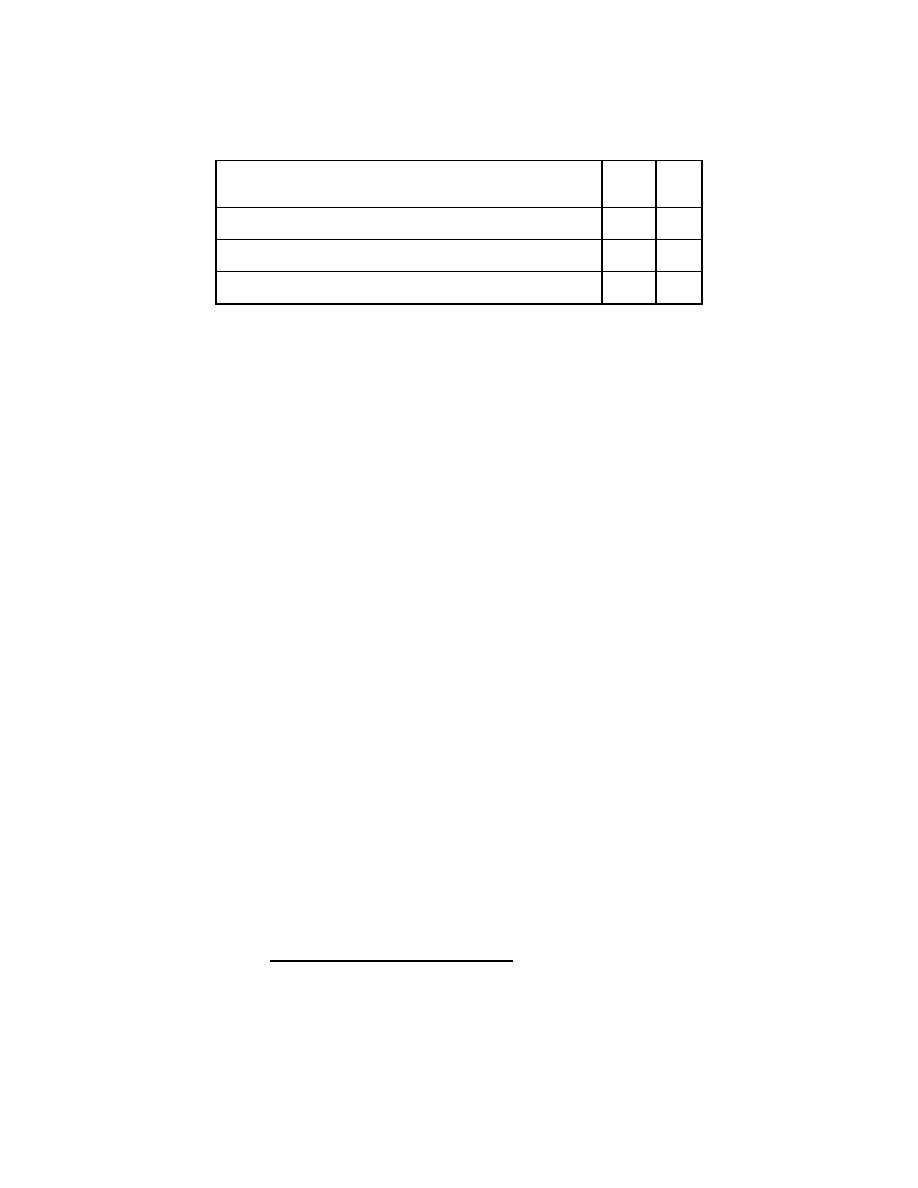
CEMP-ET
TI 809-53
01 May 1999
Table 2-17. Equivalent Temperature Difference
o
( F)
Construction
ETD
o
( C)
Light (wood, metal deck)
33
60
Medium (gypsum, lightweight concrete, 100 mm (4 in. ) concrete slab
29
52
Heavy (150 mm [6 in.] + concrete slab)
25
45
(2) In residential construction, attic ventilation helps to reduce heat load as does the use
of reflective roof surfacing materials (e.g., white granules on shingles). Radiant barriers
(reflective foils) placed in attics are also effective.
h. Fire Considerations. (Also refer to MIL HDBK 1008C for roofing and insulation fire
resistance requirements).
(1) Topside Fire Ratings. Because of its large surface area, roofing plays an important
role in fire protection. Fire hazards can be defined as:
(a) External, where the source is outside the building such as from wind blown
flaming debris. Tests for external fire resistance are referred to in building codes as Class A, B
and C.
1/ An external fire rating is established by constructing and testing roofing
assemblies by methods described in ASTM procedure E108 (also known as UL790). In this
method relative degrees of fire resistance are established.
a/ Class A roof coverings are effective against severe fire exposures. Under
such exposures roof coverings of this class are not readily flammable and do not carry or
communicate fire; afford a fairly high degree of fire protection to the roof deck; do not slip from
position; possess no flying brand hazard; and, do not require frequent repairs in order to maintain
their fire-resistant properties.
b/ Class B roof coverings are effective against moderate fire exposures.
Under such exposures roof coverings of this class are not readily flammable and do not readily
carry or communicate fire; afford a moderate degree of fire protection to the roof deck; do not slip
from position; possess no flying brand hazard; but, may require infrequent repairs in order to
maintain their fire-resistant properties.
c/ Class C roof coverings are effective against light fire exposures. Under
such exposures roof coverings of this class are not readily flammable and do not readily carry or
communicate fire; afford some degree of fire protection to the roof deck; do not slip from position;
possess no flying brand hazard; and, may require occasional repairs or renewals in order to
maintain their fire-resistant properties.
2/
Class A does not mean Grade A! Note: In this classification only fire
performance is considered. A specifier should select the degree of fire resistance required but
recognize that selecting a higher rating does not assure better waterproofing nor longer life. In
fact, some compromise in durability may have been made to meet the higher fire rating.
3/
ASTM E108 fire tests may be conducted on steep roofing, membrane
roofing, SPF, and metal panels. Listings of systems that meet these requirements are found in
2-25


 Previous Page
Previous Page
